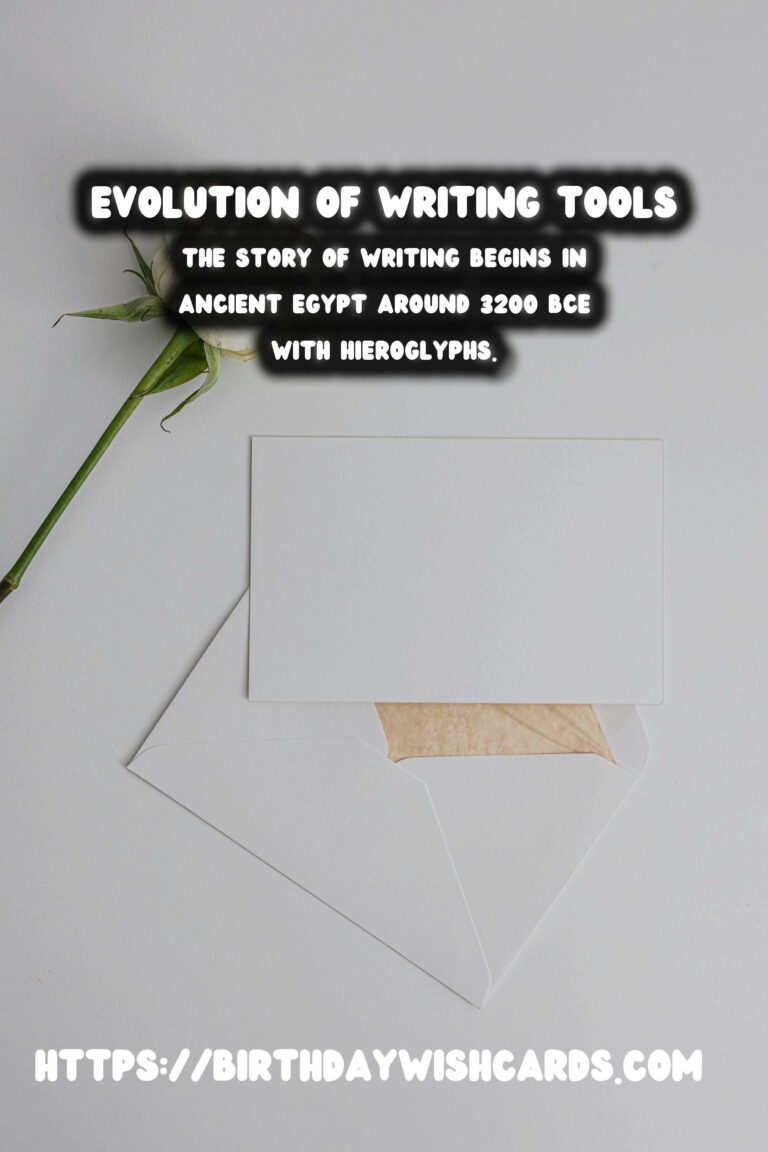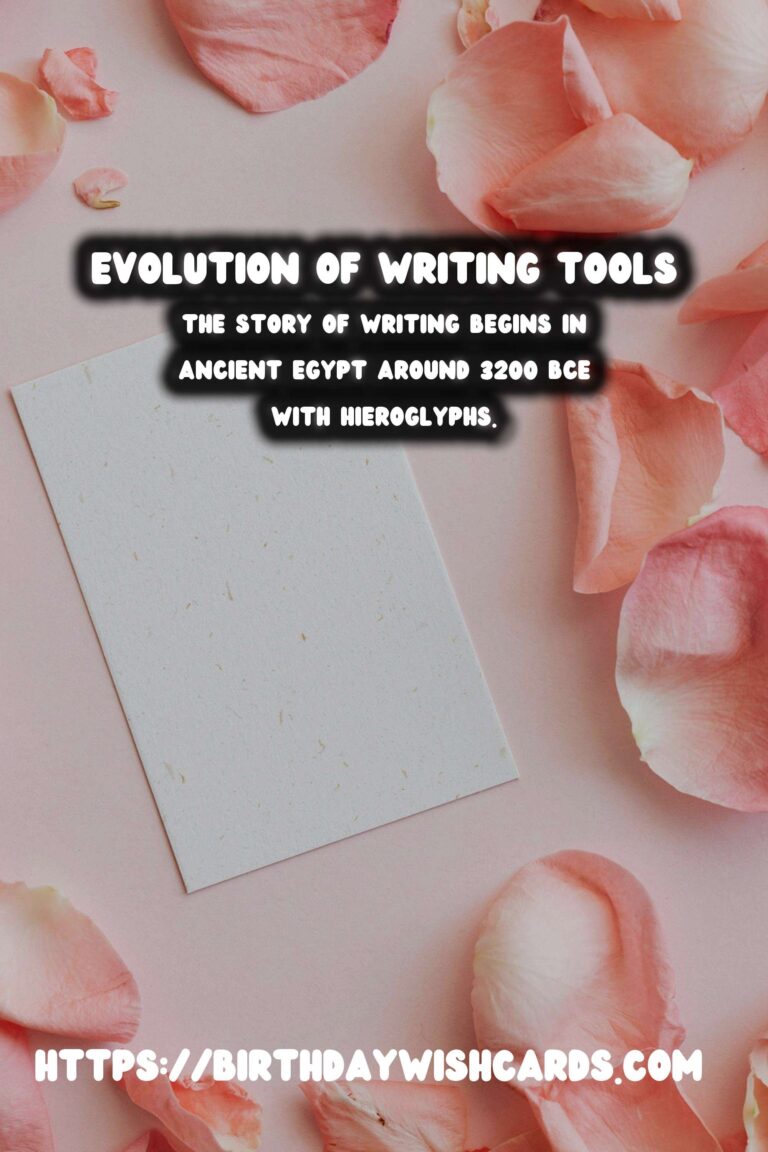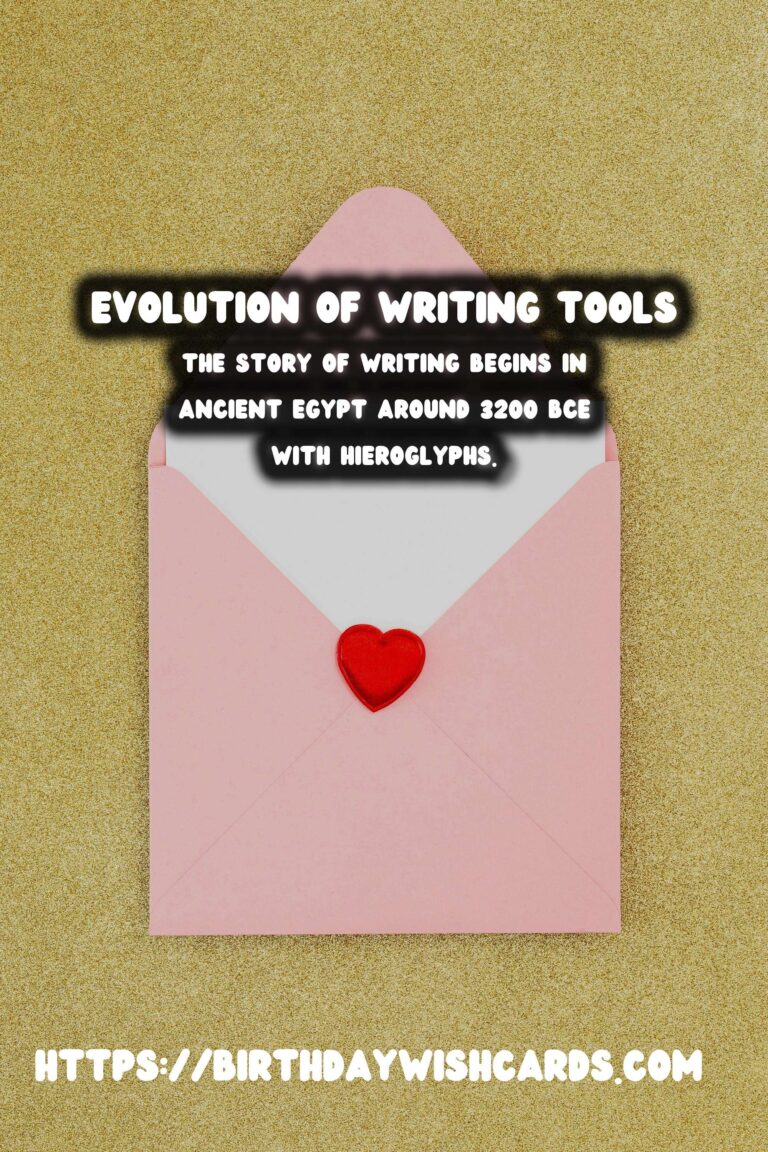
Writing is one of humanity’s monumental achievements, serving as a cornerstone for communication, culture, and scholarship. Its history dates back thousands of years, reflecting our intellectual development and the diversification of our cultures. This article explores the journey of writing from ancient times to the transformative invention of the printing press.
Ancient Beginnings: The Emergence of Hieroglyphs
The story of writing begins in ancient Egypt around 3200 BCE with hieroglyphs. This intricate system of symbols represented sounds, objects, and concepts, primarily used for religious texts on temple walls and tombs. Hieroglyphs were sacred script, often associated with the divine.
Expanding Horizons: The Cuneiform Script
Simultaneously, another writing system emerged in Mesopotamia: cuneiform. Developed by the Sumerians around 3400 BCE, cuneiform began as pictographs but evolved into a series of wedge-shaped marks inscribed on clay tablets, facilitating record-keeping and administration.
Simplification: The Rise of Alphabets
As societies became more complex, there was a need for writing systems that were easier to learn and use, leading to the development of alphabetic systems. The Phoenician alphabet emerged around 1200 BCE, influencing Greek and Latin alphabets, which became the basis for modern Western scripts.
The Dawn of Paper and Ink
The invention of paper by the Chinese during the Han dynasty and the use of ink made writing more accessible. These innovations allowed for easier record maintenance, enhancing communication across vast imperial territories.
Medieval Manuscripts and Calligraphy
During the Middle Ages, monasteries became hubs for manuscript preservation and creation. Monks painstakingly copied texts by hand, illuminating them with intricate designs, preserving classical texts for future generations.
The Printing Press: A Revolution in Print
In the 15th century, Johannes Gutenberg’s invention of the printing press transformed writing and book production. Movable type allowed for mass production, democratizing information, and heralded the Renaissance by making texts more accessible to the public.
Conclusion: Writing in the Modern Age
From hieroglyphs on stone walls to ink on papyrus and printed pages, writing has significantly influenced human history. Each advancement has played a crucial role in how we communicate ideas, knowledge, and culture. Today, digital communication continues to carry forward this esteemed tradition, shaping the future of writing.
Writing is one of humanity’s monumental achievements, serving as a cornerstone for communication, culture, and scholarship. The story of writing begins in ancient Egypt around 3200 BCE with hieroglyphs. 









#HistoryOfWriting #PrintingPress




